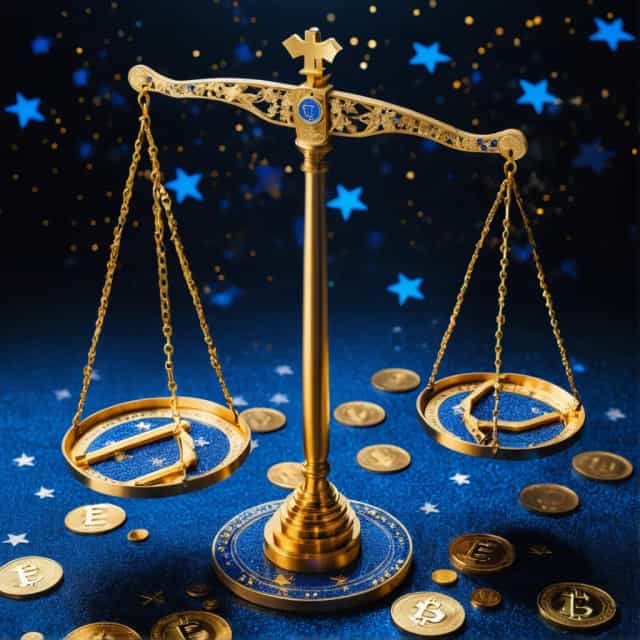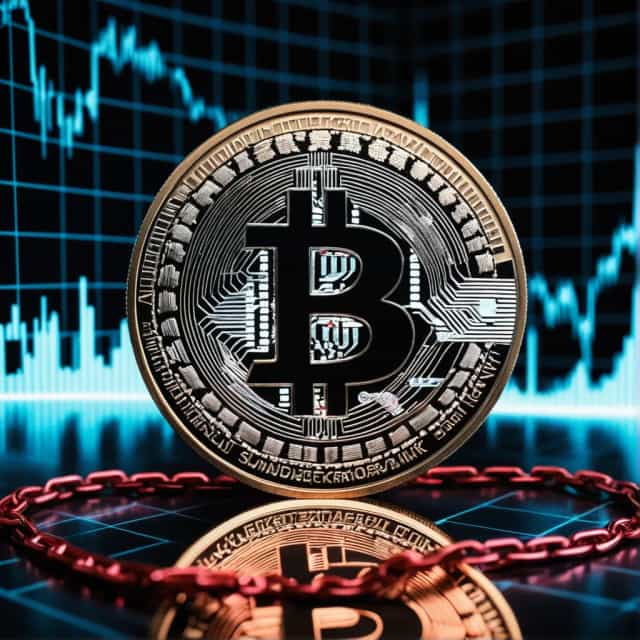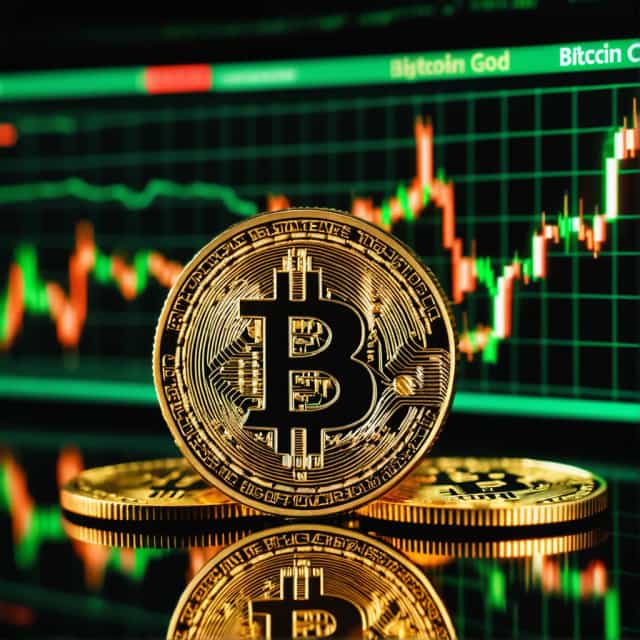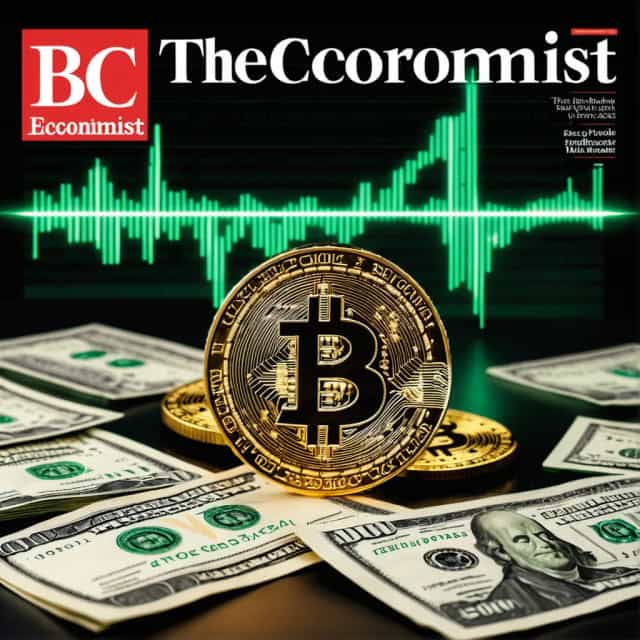
출처: Block Media
Robert Kiyosaki Criticizes Warren Buffett’s Support for Gold and Silver, Calling It a "Sign of Market Collapse"
In a pointed critique of Warren Buffett’s recent comments endorsing gold and silver investments, Robert Kiyosaki, best known as the author of Rich Dad, Poor Dad, has described the shift as a troubling signal for the global markets. Kiyosaki took to X (formerly Twitter) to voice his dismay, stating, “For decades, Buffett mocked precious metals. Now he’s touting their benefits? Disgusting. It’s a signal of stock and bond market collapse,” as reported by Cryptopolitan. His criticism highlights a growing ideological divide between financial powerhouses regarding the viability of precious metals and broader market trends.
Buffett’s Longstanding Criticism of Gold and Silver
Historically, Warren Buffett has been one of the most prominent skeptics of gold and silver as investment assets. Since the 1970s, the Berkshire Hathaway CEO has maintained that precious metals lack inherent utility and do not generate productive value. In his oft-repeated commentary, Buffett called gold “a non-productive asset” and argued that investments in farmland, real estate, or index funds are overwhelmingly superior for long-term wealth creation.
At the 2005 Berkshire Hathaway annual shareholders meeting, Buffett elaborated on his stance, adding that gold’s value is “driven by fear and emotion” rather than fundamental utility or cash flow. Similarly, in prior interviews with outlets like CNBC, he downplayed gold ownership as a hedge, implying it is primarily driven by investor sentiment and offers minimal tangible benefits compared to other assets. By consistently favoring investments tied to tangible earnings or productive output, Buffett became synonymous with avoiding precious metals entirely—a philosophy he now appears to be breaking away from.
Surge in Gold and Silver Prices Signals Growing Demand
Buffett’s historical skepticism contrasts sharply with the recent performance of the precious metals market. Over the past year, gold has surged in value, with spot prices climbing to $3,872 per ounce, reflecting a remarkable 37.5% year-on-year increase. Meanwhile, silver has soared even higher, with a 48% rise over the same period, reaching $47.27 per troy ounce.
These surges reflect rising demand for alternative investment avenues amid economic uncertainty. Heightened geopolitical tensions, inflationary pressures, and concerns about the stability of traditional markets have prompted investors to seek refuge in assets seen as safer stores of value. Gold and silver, traditionally regarded as hedge assets, seem to have benefitted substantially from this shift, challenging Buffett’s long-held skepticism.
Kiyosaki Advocates for Alternative Investments
Robert Kiyosaki has long positioned himself as an advocate for diversifying into alternative assets. His critique of Buffett’s recent comments fits within his broader investment philosophy of preparing for unprecedented market turbulence. In his X post, Kiyosaki said, “There was a time when Buffett mocked gold and silver investors. Now that he’s advocating for them, it signifies a dangerous market environment. Perhaps it’s time to follow his lead and invest in gold, silver, Bitcoin(BTC), and Ethereum(ETH).”
This sentiment aligns with Kiyosaki’s frequent warnings about economic instability. He has previously highlighted risks tied to European financial pressures and the potential collapse of bond markets, consistently urging investors to hedge their wealth through gold, silver, and cryptocurrencies like Bitcoin. Reflecting his contrarian stance on traditional financial systems, Kiyosaki has predicted that stock and bond portfolios are dangerously exposed to systemic risks, claiming that “only Bitcoin holders will survive” the severe financial storms he anticipates.
The Broader Market Implications
The contrasting viewpoints of industry titans like Buffett and Kiyosaki provide sharp insight into the current volatility gripping global financial markets. As gold, silver, and cryptocurrencies gain popularity as safe-haven assets, the debate over their efficacy and reliability intensifies. Investors, caught in the crosscurrents of conflicting strategies, are increasingly reevaluating their portfolios to shield themselves from potential economic upheaval.
Buffett’s perceived shift in sentiment—from being a vocal critic of gold to seemingly endorsing it—has added to this growing discourse. While some view his support for precious metals as prudent adaptation, others, like Kiyosaki, interpret it as a red flag signaling deeper problems with traditional investment markets. Regardless of individual perspectives, the rising prominence of alternative assets underscores a lack of confidence in conventional vehicles like stocks and bonds.
As market uncertainty continues to loom, both long-standing advocates of traditional investments and proponents of alternative approaches are working to position themselves for what may come next. The divide between figures like Buffett and Kiyosaki encapsulates a broader narrative about how best to navigate a rapidly changing financial landscape. Such debates will likely shape how individual and institutional investors allocate their resources in the years ahead.










